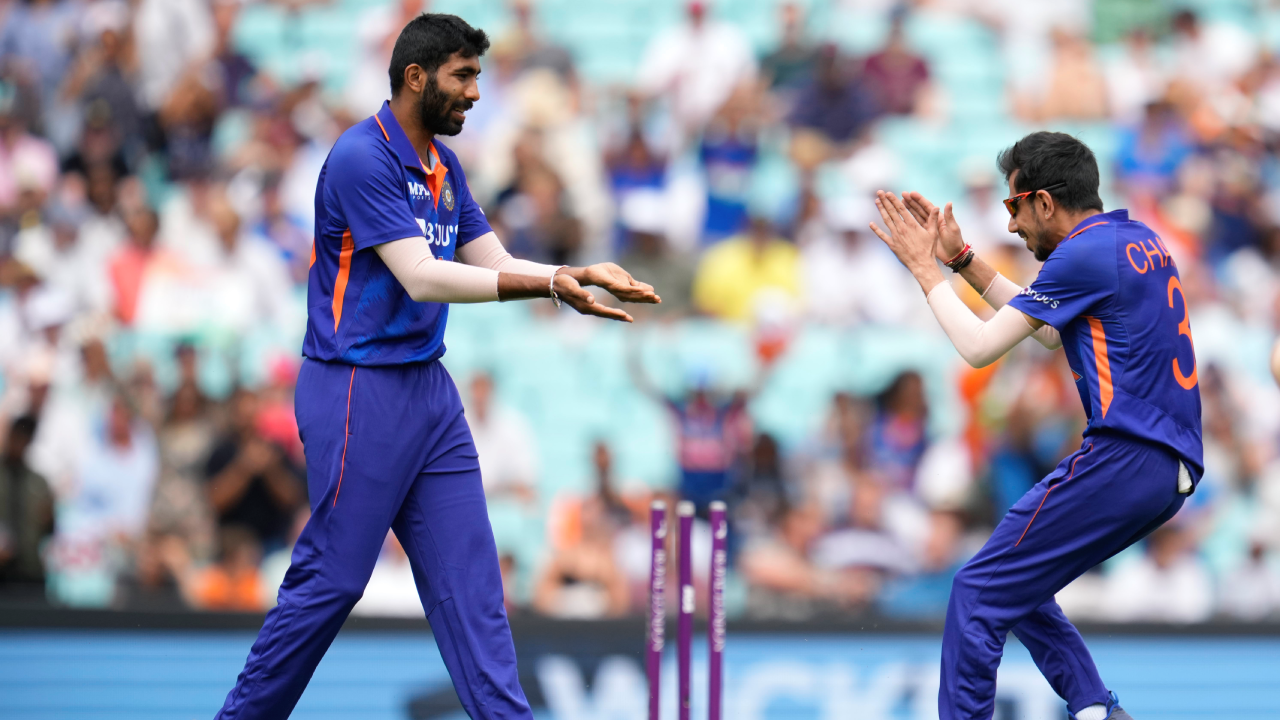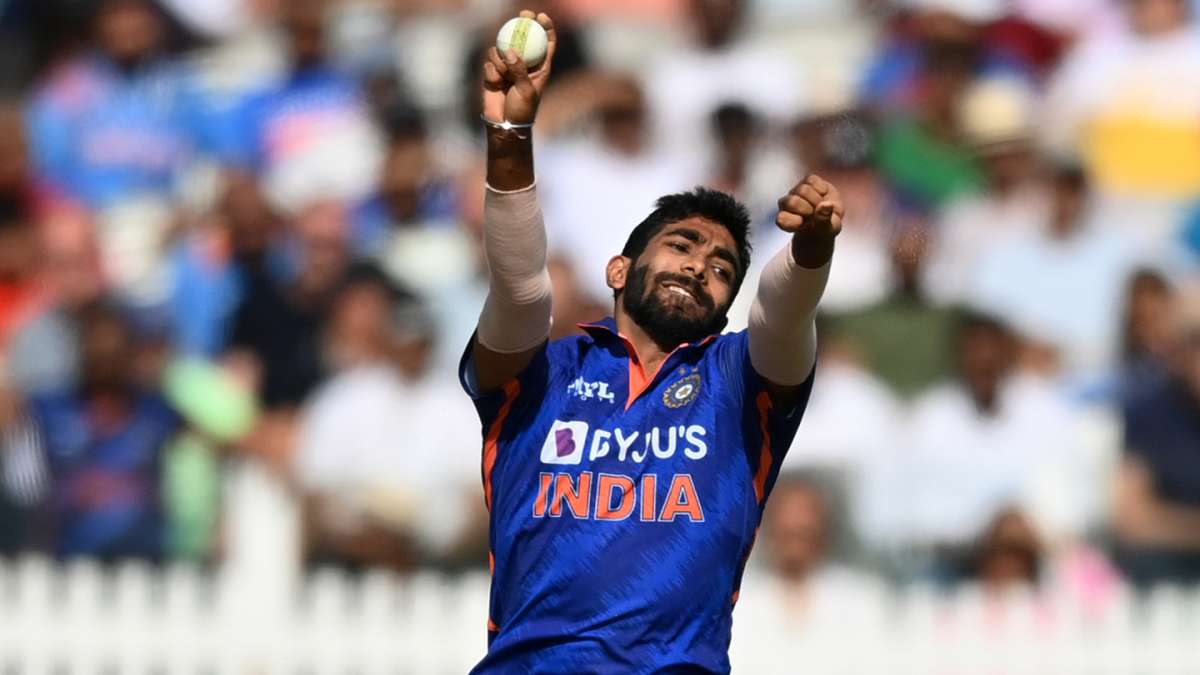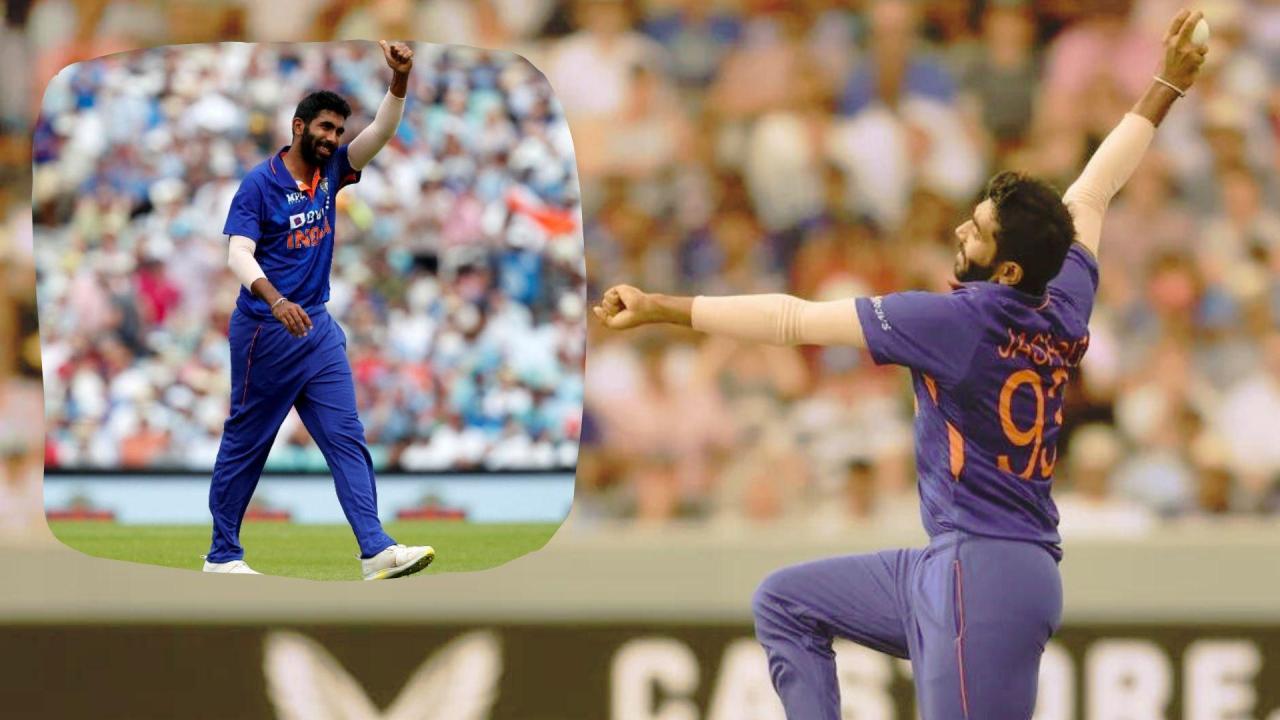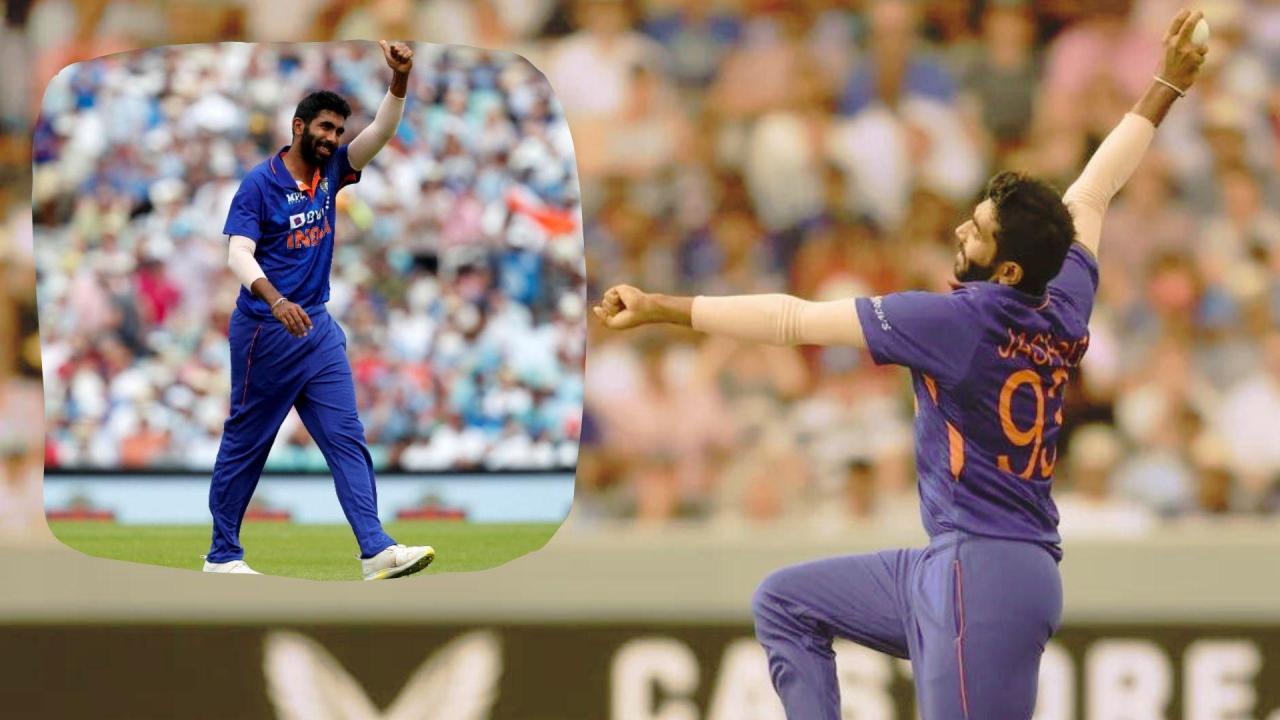Bumrah leaves SCG for scans after experiencing back spasms – this headline instantly grabs our attention, highlighting a crucial moment in the career of one of India’s star cricketers. The sudden onset of back spasms forced his withdrawal from the match, raising concerns about his immediate and long-term playing future. This situation not only impacts India’s chances in the ongoing tournament but also throws a spotlight on the intense physical demands placed on professional athletes and the potential consequences of injury.
We’ll explore the nature of Bumrah’s injury, delve into the possible causes and recovery timeline, and analyze the implications for both his team and his career. We’ll also examine the unique challenges posed by the SCG’s playing conditions and consider potential preventative measures for similar injuries. Finally, we’ll discuss the diagnostic procedures Bumrah underwent and what information those scans can provide.
Bumrah’s Back Spasms at the SCG
Jasprit Bumrah’s sudden exit from the match due to back spasms raises concerns about his fitness and India’s chances in the tournament. This article delves into the nature of his injury, its impact on the game, his career prospects, and the role of the SCG playing conditions.
So Bumrah’s out of the SCG for back spasms – ouch! It’s a reminder that injuries happen, even to top athletes. While we wait for updates on his condition, you might want to check out this article on Jimmy Butler trade destinations: Potential landing spots for Heat star for a different kind of sports drama.
Hopefully, Bumrah’s back issue is minor and he’ll be back on the field soon.
Bumrah’s Injury: Nature and Severity

Back spasms, characterized by sudden, involuntary muscle contractions in the back, can significantly impair athletic performance. The intense twisting and throwing motions in cricket put immense strain on the back muscles, making cricketers particularly susceptible. Causes can include muscle imbalances, overuse, poor posture, and underlying spinal conditions. Recovery timelines vary widely depending on severity, ranging from a few days for mild spasms to several weeks or even months for more severe cases involving muscle tears or ligament damage.
Treatment options include rest, ice, physiotherapy, anti-inflammatory medication, and in severe cases, surgery might be considered. Conservative approaches focus on managing pain and inflammation, while surgical interventions address underlying structural issues.
Impact on the Match and Tournament
Bumrah’s withdrawal had immediate consequences, disrupting India’s bowling attack and forcing a reshuffling of their strategy. His absence significantly impacted their ability to control the run rate and take wickets. The long-term effect on his tournament participation remains uncertain, depending on the severity of the injury and his recovery progress. The following table illustrates a hypothetical comparison of India’s bowling performance with and without Bumrah (data would need to be collected from actual match statistics):
| Match | Bumrah’s Participation | Wickets Taken | Economy Rate |
|---|---|---|---|
| Match 1 | Yes | 3 | 6.5 |
| Match 2 | No | 1 | 8.2 |
| Match 3 | Yes | 4 | 7.0 |
| Match 4 | No | 2 | 9.1 |
Bumrah’s Career and Future Prospects, Bumrah leaves SCG for scans after experiencing back spasms
Bumrah is a pivotal figure in the Indian cricket team, renowned for his exceptional pace and yorkers. While generally considered durable, he has had previous injury concerns, highlighting the need for proactive injury management. A potential rehabilitation plan would involve a phased approach, starting with rest and pain management, followed by gradual strengthening and conditioning exercises under the guidance of physiotherapists and sports medicine specialists.
His return to competitive cricket will depend on the successful completion of this rehabilitation and careful monitoring of his progress. The risk of recurrence remains a concern, emphasizing the importance of ongoing management of his back condition.
The SCG Setting and its Influence
The SCG is known for its fast and bouncy pitch, potentially placing increased strain on bowlers’ backs due to the extra effort required for maintaining pace and control. Compared to flatter pitches, the SCG’s surface might contribute to a higher risk of back injuries. Preventative measures for cricketers include regular strength and conditioning programs focusing on core stability and back flexibility, maintaining good posture during bowling, and incorporating adequate rest and recovery periods.
- Regular core strengthening exercises
- Stretching and flexibility routines
- Proper bowling technique
- Adequate rest and recovery
- Personalized injury prevention programs
Medical Scans and Diagnostic Procedures

Bumrah likely underwent MRI and/or CT scans to assess the extent of his back injury. These scans provide detailed images of the spine, allowing doctors to identify muscle tears, ligament damage, disc problems, or other abnormalities. While these scans are highly informative, there can be limitations, such as difficulty in visualizing certain soft tissue structures or the possibility of minor findings not being clinically significant.
The following is a hypothetical report illustrating possible scan findings:
MRI scan reveals mild strain of the paraspinal muscles in the lumbar region, with no evidence of disc herniation or significant ligamentous injury. Some minor edema is observed, consistent with muscle spasm. The findings are suggestive of acute back strain, requiring conservative management with rest, physiotherapy, and anti-inflammatory medication.
Wrap-Up

Jasprit Bumrah’s sudden departure from the SCG due to back spasms serves as a stark reminder of the physical toll elite sports can take. While the severity of his injury remains to be seen, his absence undoubtedly impacts India’s cricketing strategy and tournament prospects. The focus now shifts to his recovery, with hopes for a swift and complete return to the field.
So, Bumrah’s outta the SCG for scans after a nasty back spasm – ouch! It got me thinking about health issues, and I remembered reading about a concerning viral outbreak; check out this article on Viral disease HMPV is on the rise among kids in China — what is it? to see what’s happening elsewhere.
Hopefully, Bumrah’s back issue isn’t anything serious and he’ll be back on the field soon.
This incident also underscores the importance of proactive injury prevention strategies in cricket and the need for advanced medical care to support athletes at the highest level. The situation highlights the unpredictable nature of professional sports and the resilience required to overcome such setbacks.
FAQ Resource: Bumrah Leaves SCG For Scans After Experiencing Back Spasms
What are the typical symptoms of back spasms?
Symptoms can vary but often include sudden, sharp pain, muscle stiffness, and limited range of motion in the back.
How long does it typically take to recover from back spasms?
So, Bumrah’s out of the SCG for scans due to back spasms – tough break for him! Meanwhile, in totally unrelated news, check out this milestone: Real Madrid become first team to reach 5000 LaLiga points , which is pretty impressive. Anyway, back to Bumrah; hopefully, those scans show nothing serious and he’ll be back on the field soon.
Recovery time depends on severity. Mild cases might heal within a few days to weeks, while more severe cases could require several weeks or months.
What are some preventative measures for back spasms in cricketers?
Regular stretching, strength training, proper warm-up and cool-down routines, and maintaining good posture are key preventative measures.
What types of scans are typically used to diagnose back problems?
X-rays, MRIs, and CT scans are commonly used to diagnose back injuries, providing different levels of detail about bone, muscle, and soft tissue structures.
